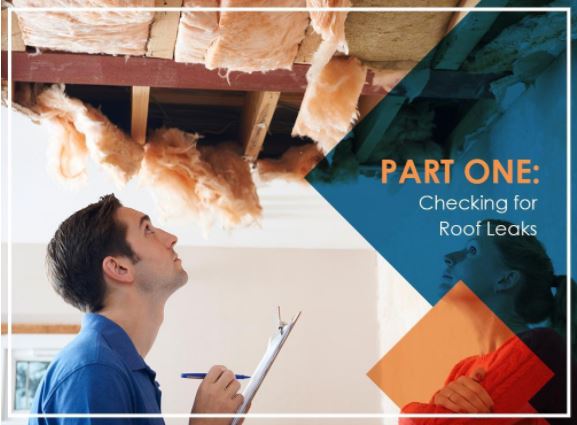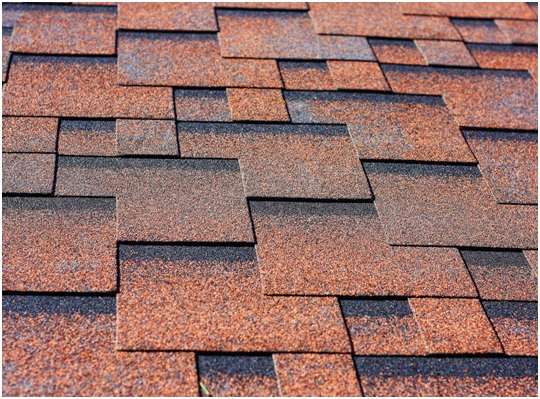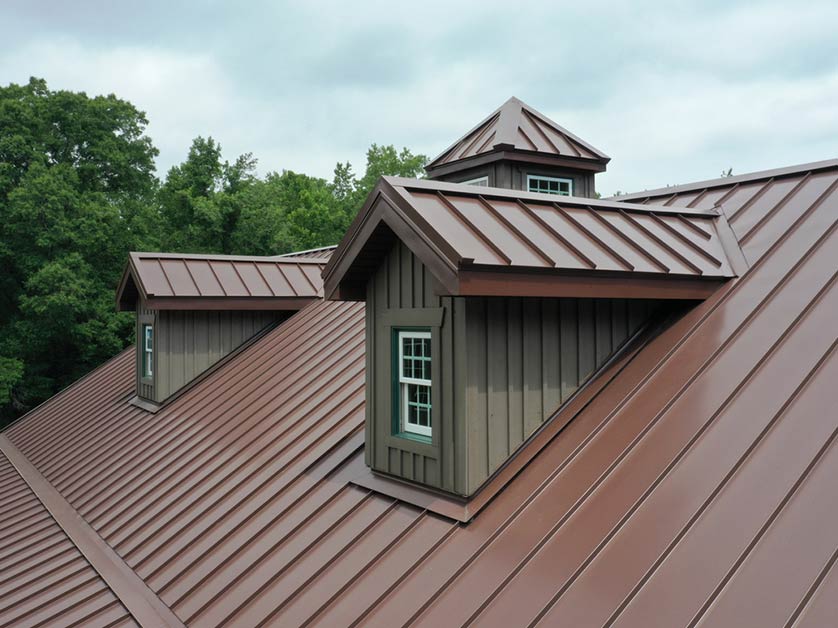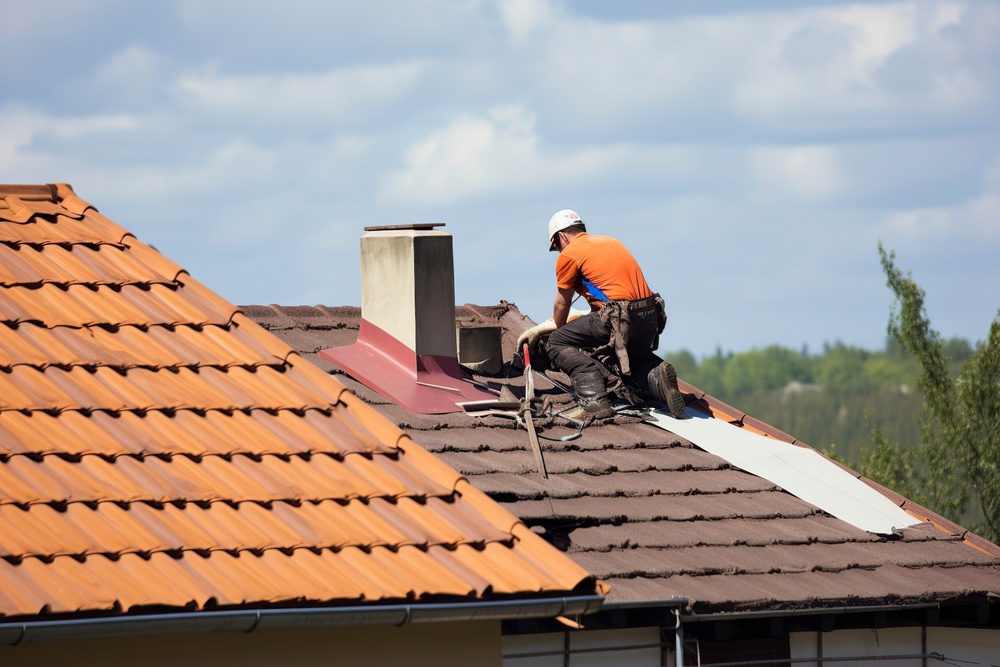Complete roof failures usually start from small problems, such as leaks. Roof leaks are worrisome because it’s possible to not even realize you have a problem until it’s too late. This gives moisture enough time to seep through your roofing system, weakening the structure to not just let through water, but also pose a safety risk for you and your family.
Where to Begin
The first step in finding a roof leak is to begin with the obvious signs: water spots or stains on your ceiling. Look for these to determine if moisture has entered your roofing system. If it’s raining, dripping water can also help you know that you have a leak, but not necessarily the source of the problem as water can travel some ways from its point of entry.
Next, make your way to your attic, if you have one. Check the floor and insulation for signs of water damage. If you have an exposed roof structure, take the time to check it as well for signs of moisture exposure.
Time to go up your roof? Stop right there! For your safety, leave checking your roofing system from the outside to professionals who have the right tools and equipment for the job. You can inspect your roof from the ground with a pair of binoculars. If you spot missing or damaged roofing material, this means your roofing system has been compromised, increasing the likelihood of a leak being present.
Dealing With Roof Leaks
If you do identify signs of a leak, keep in mind that the actual leak itself may not be directly above or even nearby. Again, water will usually travel down from a leak source before causing an obvious sign of a leak. Regardless, suspecting you have a leak means it’s time to call in a contractor to have your roof inspected thoroughly.
A complete inspection is necessary because it gives you an idea of your roof’s current condition, identifying other issues beyond the leak you’re worried about. Depending on weather conditions and your roof’s current status, a roofer may recommend temporary repairs first to stem further damage and protect your home’s interior. Then, once the weather clears, they can resume working on more permanent solutions for your roof.
In the next post, we’ll take a look at the importance of roof maintenance and the role it plays in keeping your roofing system safe and sound. Stay tuned!





